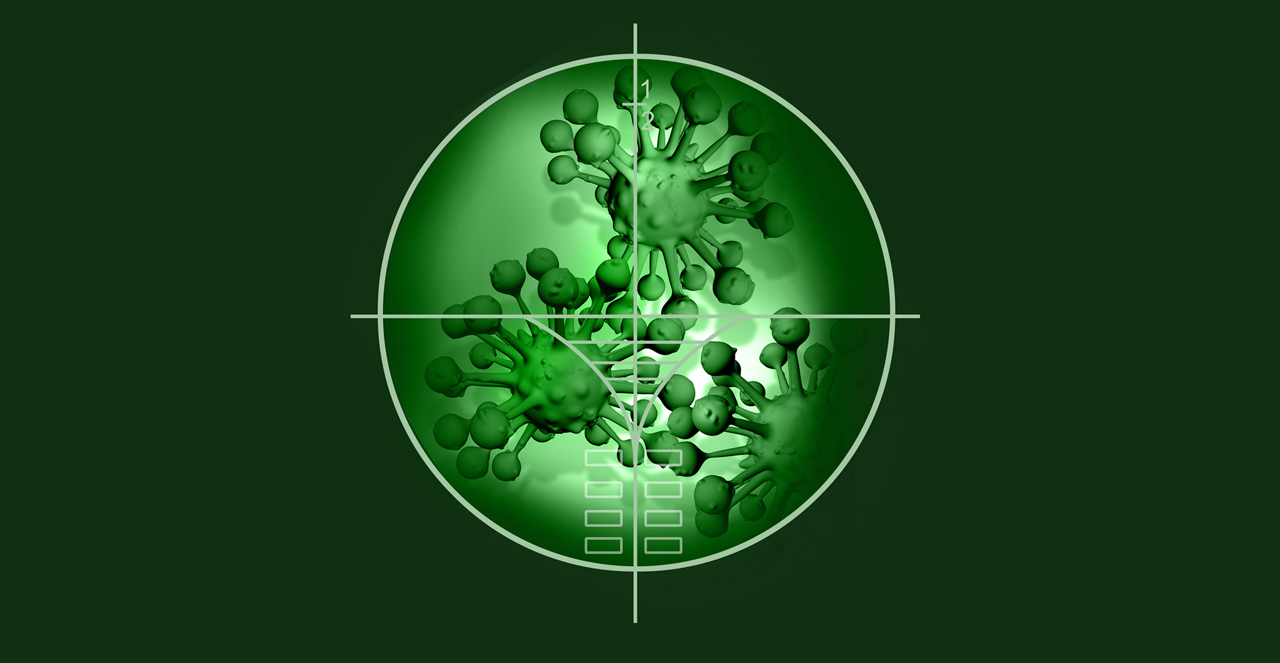
All Articles: COVID-19

The worldwide Pandemic known as COVID-19/SARS-CoV-2 (Coronavirus) has consumed the media, our government, and has changed our day-to-day liv
Of the four structural proteins that make up human coronaviruses, the envelope (E) protein is currently the least understood by scientists.
In order for the SARS-CoV-2 to infect humans and cause COVID-19 disease, it must be able to produce more progeny viruses in the infected cells.
Montserrat Torremorell, DVM, PhD, is collaborating with researchers both within the CVM and at the College of Science and Engineering to test whether air purifying systems can inactivate airborne coronaviruses.
Human pulmonary epithelial cells, which serve many important functions in human lungs, express two key enzymes, ACE2 and TMPRSS2, that help SARS-CoV-2, the virus that causes COVID-19, enter human p
The COVID-19 outbreak has crystallized the urgent need for therapeutics to better prevent transmission in human populations.
Coronaviruses infect humans by binding to specific proteins, known as receptors, on human cell surfaces.
A study led by Mythili Dileepan, PhD, will use non-infectious virus-like particles to create a vaccine for COVID-19
As shelter-in-place mandates lessen, societies may be able to reopen parts of their economies while still curbing overall disease spread by limiting interactions related to increased disease.
More than 65 percent of U.S. households own a pet. Recent research has revealed that, of those pets, mainly ferrets and cats are particularly susceptible to SARS-CoV-2, the virus that causes COVID-19.